According to the official North Korean designation there are 28 cities, 9 provinces and a Special Economic Zone in North Korea. However, many of them are still closed to tourists with over 15 cities currently being open for foreigners to visit. There are of course many other counties and scenic sites open for tourists, so if you’re thinking of visiting the DPRK, contact us for more information or feel free to browse through our scheduled group tours.
Table of Contents
Pyongyang

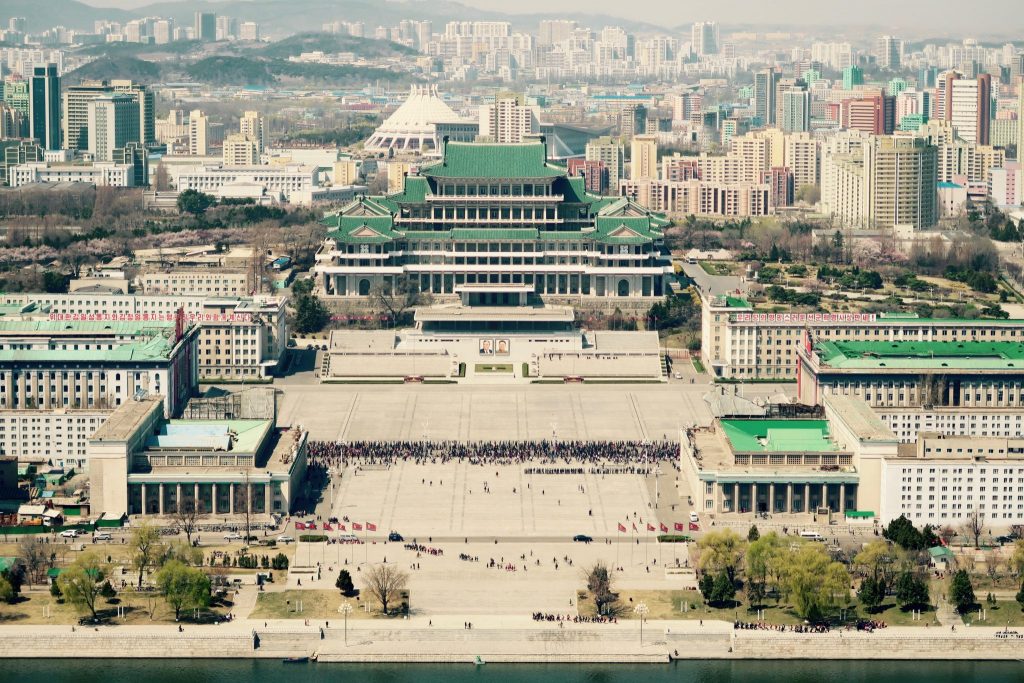

Being the capital of the DPRK, Pyongyang is by far the largest city in the country with a population over 3 million. Pyongyang is also the site of the largest museums, leisure facilities, sports grounds and monumental architecture. The city has developed a lot in recent years with places such as coffee shops becoming increasingly popular, and a much wider range of consumer goods and services being available. Recent additions to the city include a riding club, microlight flights, a dolphinarium, funfairs, shooting range, fitness centres, a sci-tech centre, and more.
Pyongyang is the most popular tourist destination to the very few foreigners that visit North Korea each year and is included within the majority of our tours.
Nampo – South Pyongyan Province
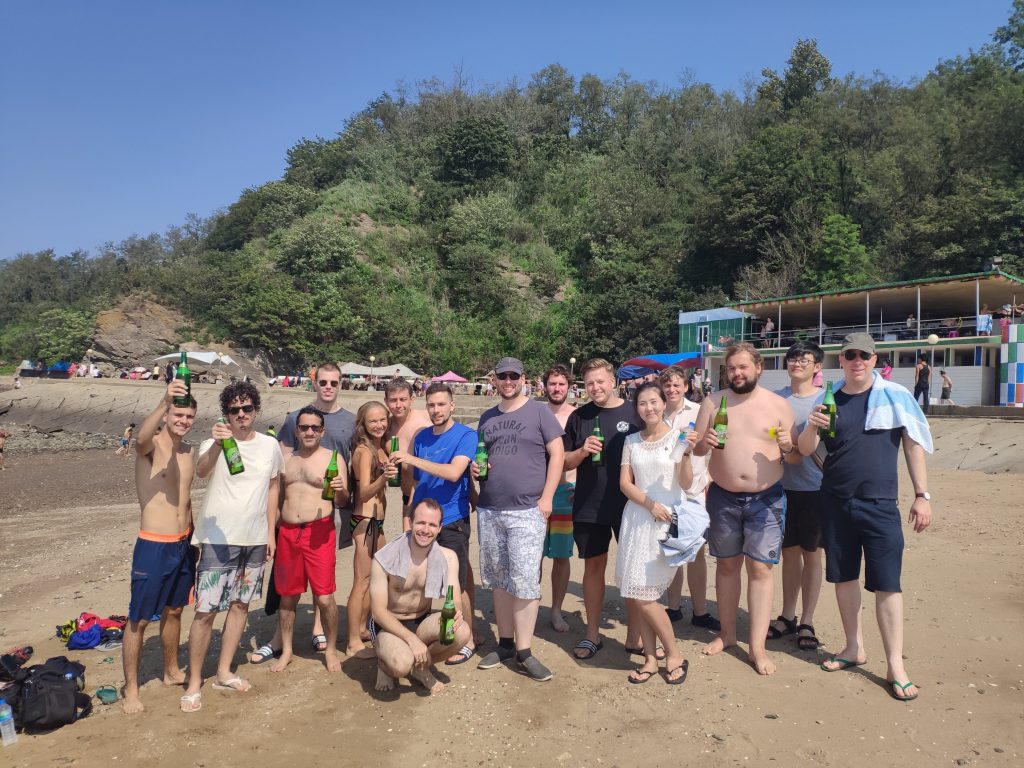

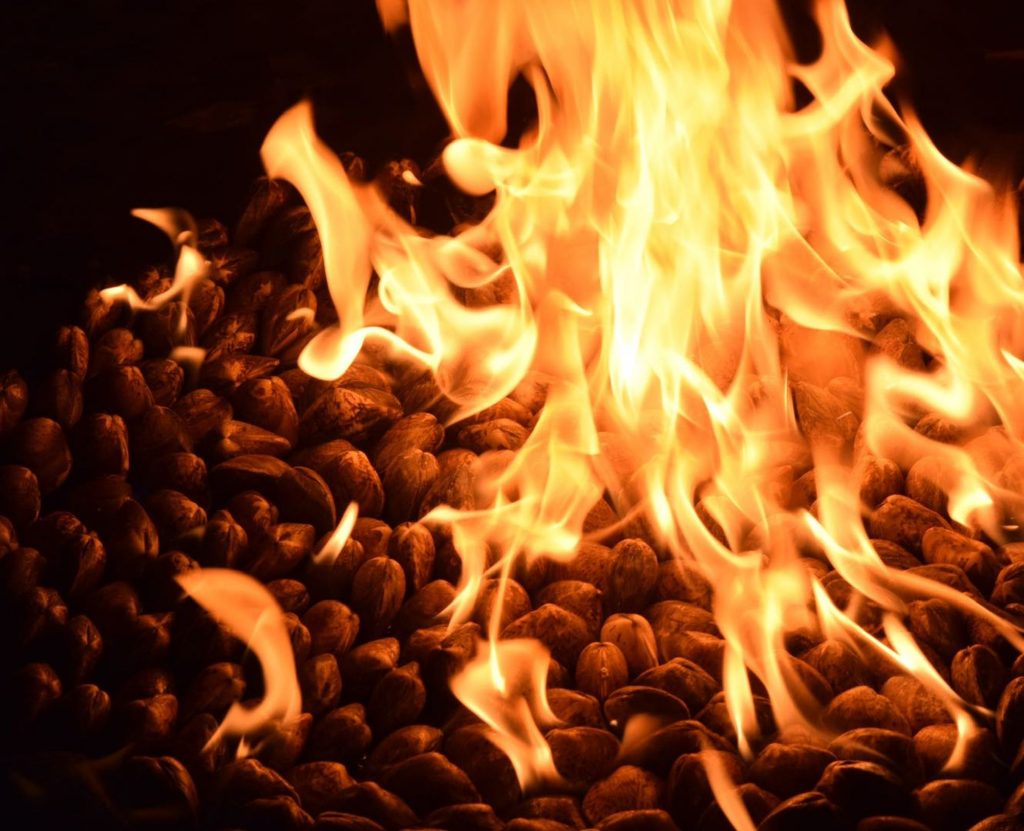
Nampo is a specially administered North Korean city due to its importance as the major port on the West Sea. The highway between Pyongyang and Nampo is the best in the country, which is a good indicator of its importance as the major center of trade by sea between China and the DPRK. The city has a population of around 370,000 and major industrial complexes such as the Tae’an Friendship Glass Factory, the Chollima Steel Complex and the Nampo Shipbuilding Factory. It also is the site of the famous West Sea Barrage. The city also hosts one of our favourite hotels the Ryongsong Spa Hotel, with famous spa waters and the option of world-famous in Korea petrol clams.
Hamhung – South Hamgyong Province
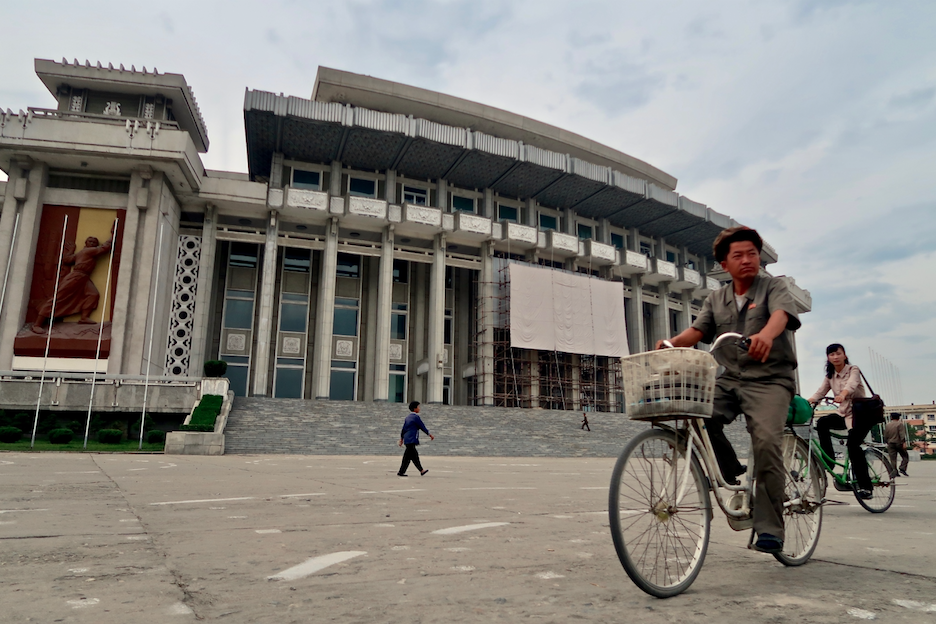


Hamhung is the second-largest city in the country with a population of over three-quarters of a million people, the city is also the capital of South Hamgyong Province. The city is open to tourists now but there is not a great variety of sites available with the main highlights for most being the Hungnam Fertiliser Factory and the Majon Beach Resort. A key centre of industry both before and after the Korean war the city also produces Vinalon, machinery, chemicals and more. Due to its distance from the capital, we visit Hamhung quite rarely but if you’re keen to see what North Korea’s other big city is like then join our Unseen DPRK tour.
Chongjin – North Hamgyong Province




Chongjin is the third biggest city in North Korea with a population of approximately 700,000. It’s the capital of North Hamgyong located in the North East of the country and is known as the city of Iron with the Kimchaek Steel complex being one of the major industrial factories in the city. The city is opening up more and more for tourists and currently has three hotels for foreigners. The city also has textile factories, a shipbuilding yard, a dual-use civilian/military airport and is the only city except for Pyongyang that has a tram system.
The city was a village prior to the Japanese occupation but became a center of industry under the Japanese. The city’s location and lack of surrounding arable land meant it was hit especially hard by the famine in the 90’s. The cessation of oil supplied at friendship prices after the collapse of the Soviet Union led to many of the city’s factories grinding to a halt and many are still in a state of disrepair.
Foreign visitors usually visit the city on their way to Mt. Chilbo located a few hours to the south. The city is also unique in having the only diplomatic missions outside of the capital, with a Russian and Chinese consulate in the city. See Chongjin for yourself on our All Korea’s Part 2 or Real Deal tour.
Wonsan – Kangwon Province




The city has a population of around 375,000 and is a popular tourist site for locals, western tourists, especially during the summer. Sites of interest include the beaches, Songdowon Children’s Union Camp and the Chonsam-Ri Co-operative farm. The city has two dual-purpose airports- Wonsan and Kalma which at the moment only cater for domestic flights. The city also has two hotels that accept foreigners the Tongmyong hotel and the Songdowon Hotel. There is a new hotel on the Kalma Peninsula but this has yet to begin accepting general tourists.
There have long been plans to create a special tourist zone encompassing Wonsan, the nearby Masikryong Ski Resort and the famed Kumgang Mountains to the south, however aside from the development of the Kalma Peninsula few steps towards this have yet been realized. Wonsan is the capital of Kangwon Province and is a summer favourite for YPT which is why we spend our summer tours there as well as offering a tour extension.
Sinuiju – North Pyongan Province



Sinuiju is located on the North Korean border to China, opposite Dandong city with the Yalu River (Amnok River for Koreans) being the natural border. The city is the capital of North Pyongan province with over 400,000 residents, and first opened to beyond mainland Chinese tourists in 2014 and is a rare stop with only 200 western tourists visiting the city in 2019. The city is significant in the DPRK for being the major hub for all trade done with their Chinese neighbours.
Tours to the city tend to stay in the nearby county town of Dongrim where a new hotel was built next to a waterfall. Tours to the region include visiting the central square, a cosmetics factory, exploring the Yalu river, and visiting Bonbu Kindergarten most famous for its talented students. It is possible to visit North Korea for a day or to include it as an extension before or after your tour in Pyongyang.
Kaesong – North Hwanghae Province



Kaesong is one of the very few cities in the DPRK where pre-war buildings and infrastructure are still in use. This is because for most of the Korean war, Kaesong was part of South Korea and avoided the intense bombing campaign by the United States. It has a population of just over 300,000 people and is mostly visited by tourists on the way to and from the DMZ. In the city itself, there are some historical sites with the nearby tomb of King Kongmin being the most significant. The city has two hotels catering for foreigners – the Minsok Folklore Inn being a traditional Korean style inn and the Janamsan Hotel located in the outskirts of the city.
The city has a focus on light industry with textiles and food processing being the main pillars of the local economy. It was previously the ancient capital city of Korea during the Koryo Dynasty since the quality of ginseng in the area was so rich. Thanks to its proximity to the DMZ, Kaesong is a staple of our standard tours, but if you’re booking an ultra-budget tour it makes for a great extension.
Pyongsong – South Pyongan Province

Pyongsong is the capital of South Pyongan province and is considered the satellite city to Pyongyang due to its proximity. The city’s focus is mostly on science & technology and the light industry. It has become a commonplace to see locally made products and inventions such as solar powered street lights and road signs, as well as seeing plenty of solar powered taxis. Motorbikes are also quite popular in this city since they’re are banned from driving in Pyongyang.
One of the major tourist sites in Pyongsong is Kim Jong Suk Middle School, where tourists can hold impromptu classes and speak English with middle school students. The city has one hotel located in the centre called Jangsusan Hotel. This is often used as a place for tourists to stay when major events in the capital lead to a shortage of rooms. The city has a population estimated to be a little under 300,000.
Sariwon – North Hwanghae Province
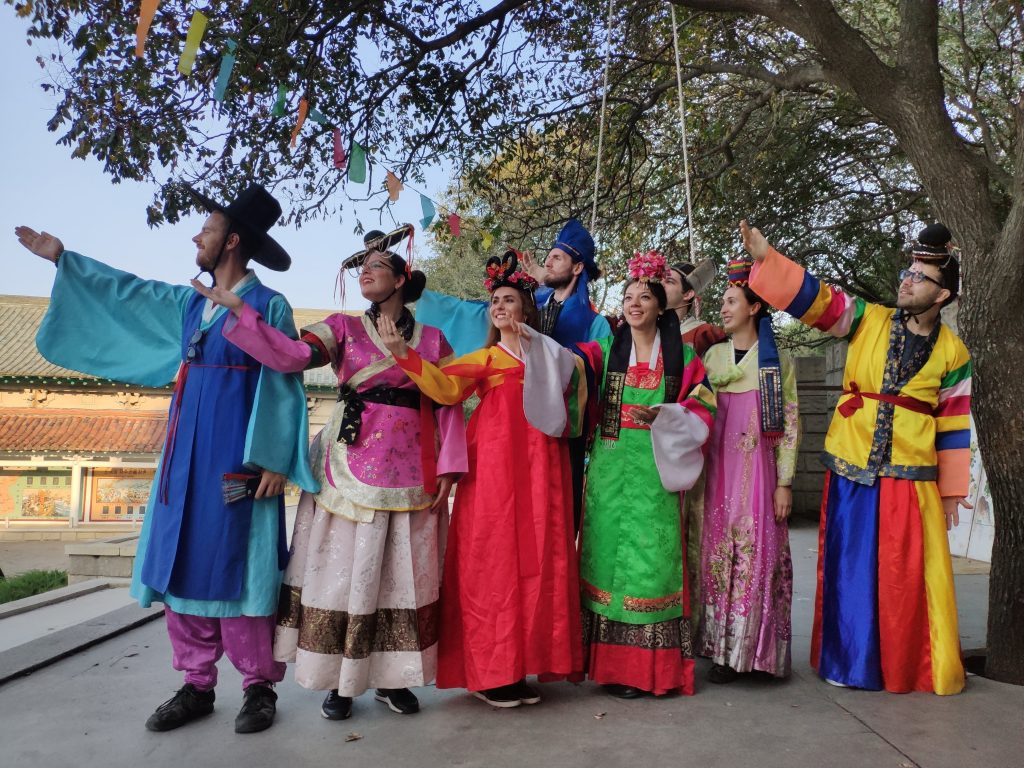
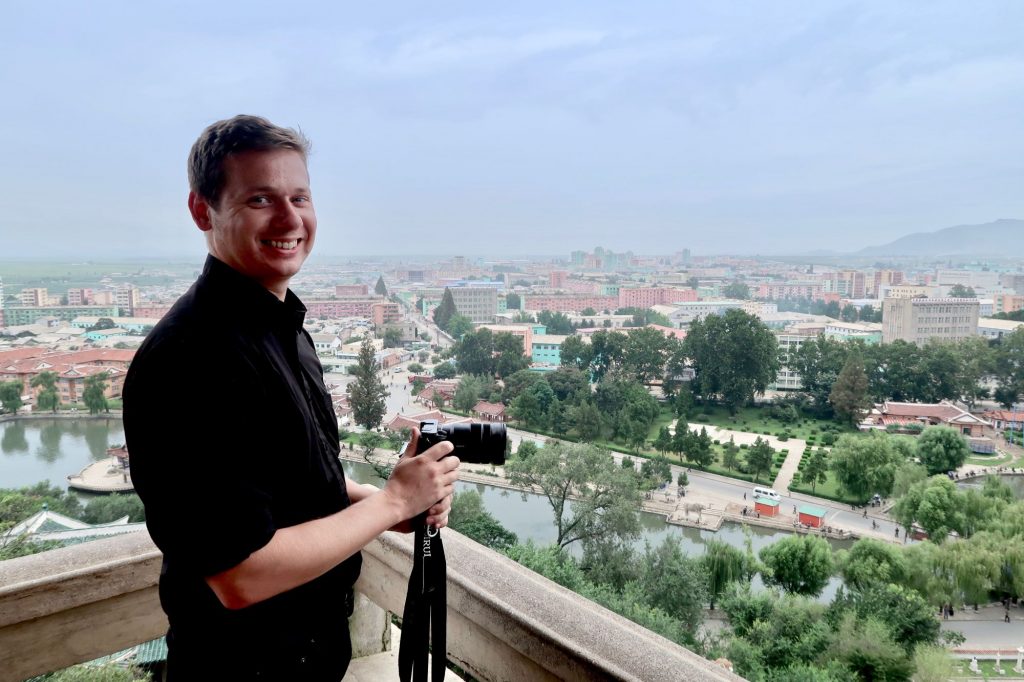
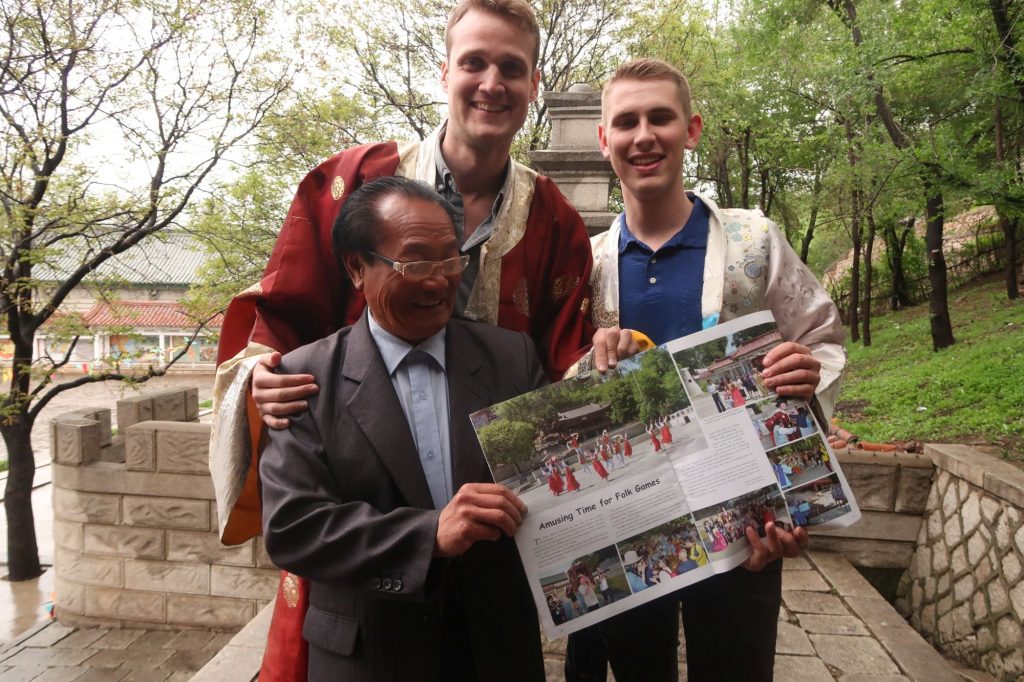
Often visited as a stop on the way between Kaesong and Pyongyang, Sariwon is the capital of North Hwanghae province and also has the only paediatric hospital in both North and South Hwanghae provinces. The hospital initially was built in partnership Hungary and serves around half a million children a year. The city produces cement, fertiliser, tractors and also is well known for its red wine production.
The city opened to foreign visitors in 2010 after the completion of folklore street where traditional Korean styled homes are built with mosaics displaying the historical significance of Korea. It is possible to climb the stairs to the top of the nearby pavilion for an incredible view of the city. There are an adorable pair of grandparents running the folklore centre and offering Korean Makgeolli as a refreshment to guests and renting our traditional clothing for photo shoots. There is one hotel in the city named March 8th Hotel after International Women’s Day.
Hoeryong – North Hamgyong Province



Hoeryong is a rural town located on the Chinese border in North Hamgyong province with a population of around 150,000. It has three main claims to fame to the North Koreans 1) It’s known for its locally grown white apricots 2) the high quality of ceramic clay and 3) having the most beautiful women according to modern tales. This third is most likely a notion of Kim Il Sung’s wife, Kim Jong Suk, and the mother of Kim Jong Il, being born in the city. Visits to the town can include the Kim Ki Song Middle School with English speaking students, visiting the school Children’s palace, and revolutionary sites dedicated to Kim Jong Suk. The city has one hotel for foreigners and is a classic part of our Real Deal tour.
Haeju – South Hwanghae Province
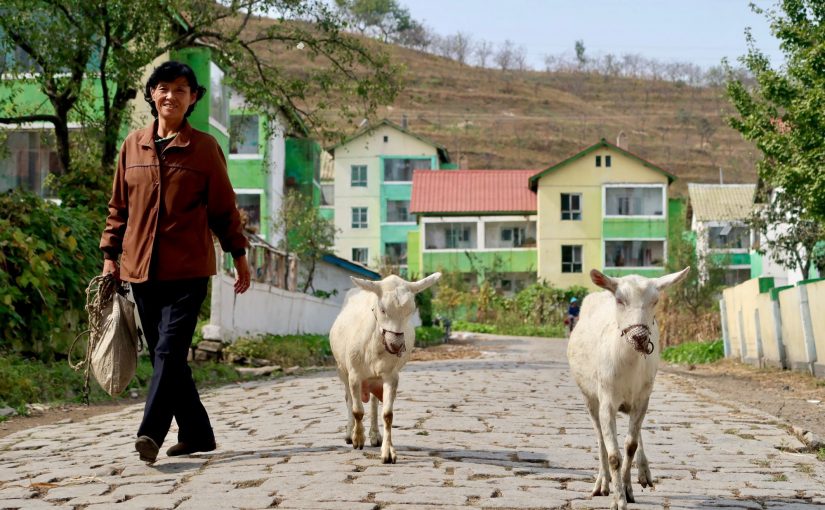
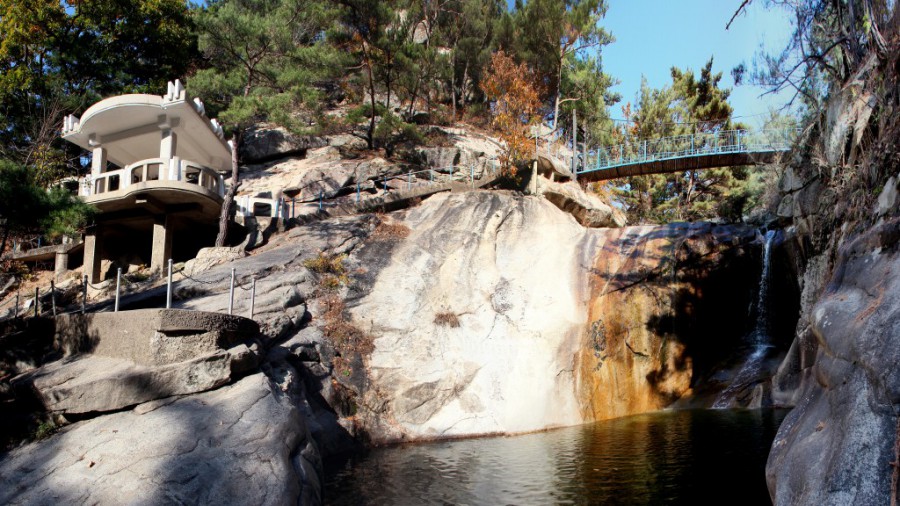
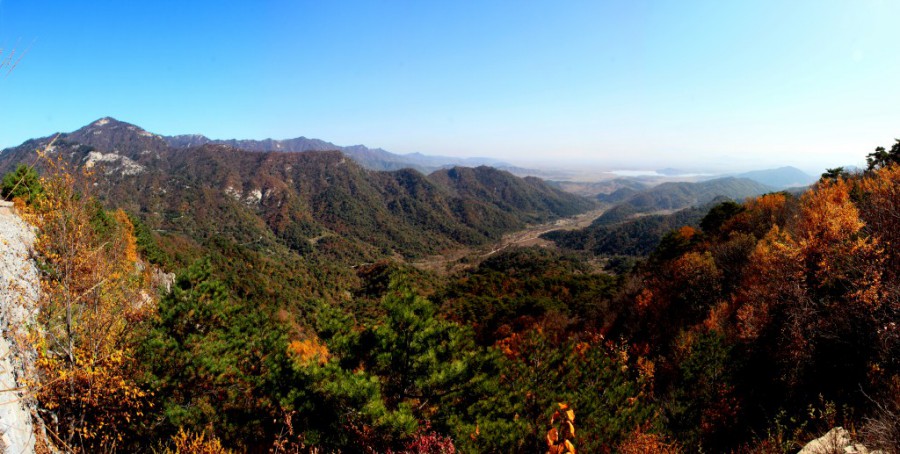
Haeju is the capital of South Hwanghae province and a port town on the western coast of the DPRK. The city itself has very little foreign visitors but makes for a great overnight base for visits to surrounding attractions such as Mt. Kuwol, Kyenam stock farm, Suyang falls and the Sohyon Confucian Academy.
Syngman Rhee, the first president of South Korea was born in Haeju city. The city has a population of about 280,000, with various universities and chemical factories. It is possible to add Haeju extension to your group tour with us.
Samjiyon – Ryanggang Province
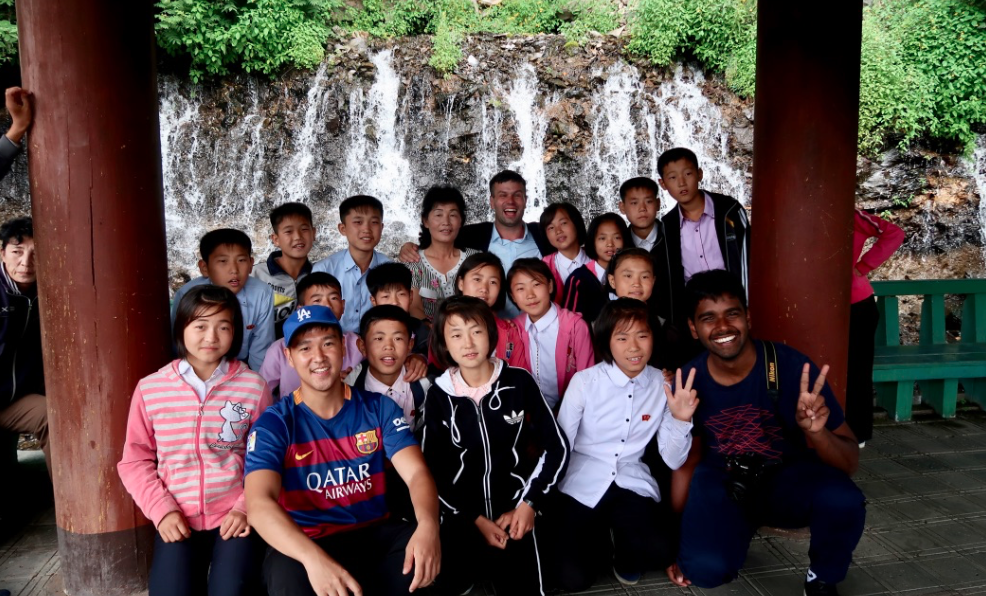
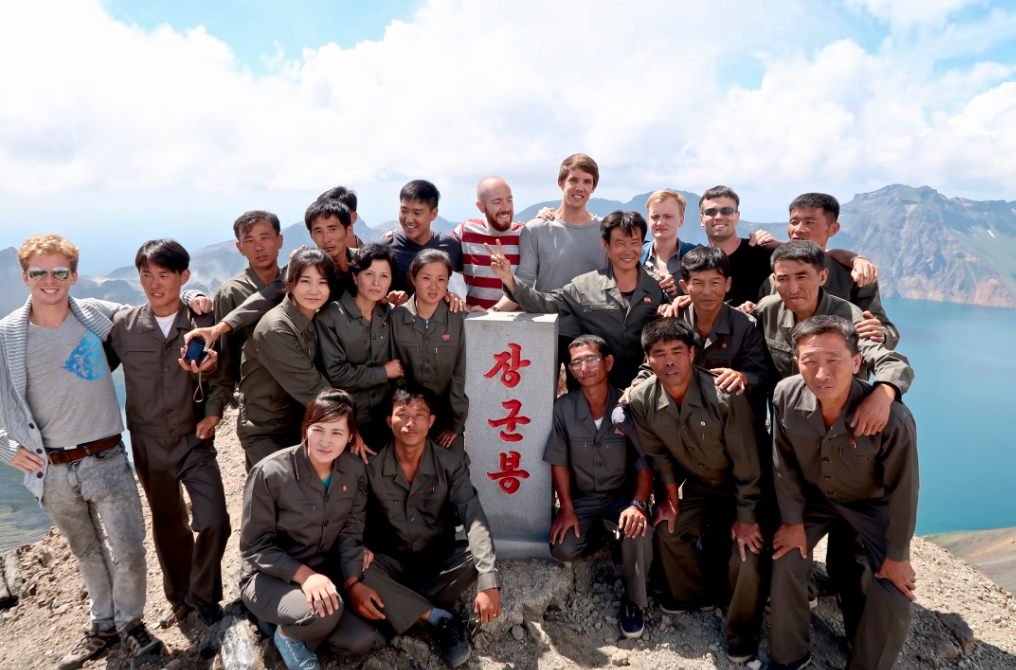
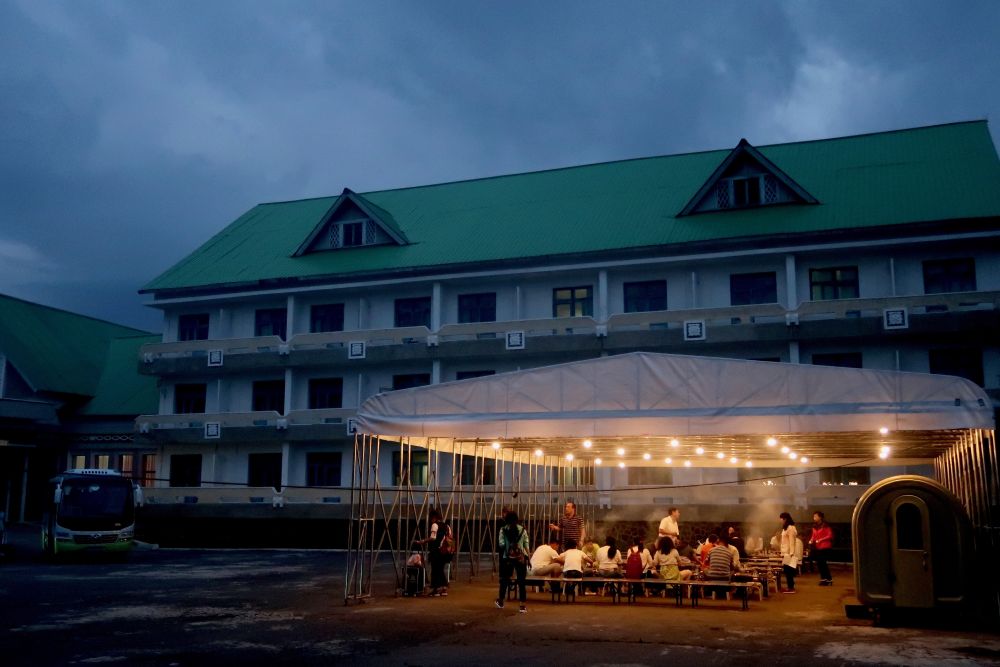

North Korea’s newest official city and site of a recent massive construction project, Samjiyon is primarily visited by domestic and foreign tourists on the way to Mt Paektu. It is possible to visit Samjiyon Square and the impressive Samjiyon Monument signifying the Korean guerilla warfare efforts against the Japanese during World War II. Rimyongsu falls is another popular destination for tourists. The Begabong Hotel is one of our favourite hotels, located on the outskirt of the city and famous in Korea for the baked potato bonfires. It is only possible to reach Samjiyon by chartered flight from Pyongyang which we arrange every year for our Victory Day Mt. Paektu tour.
Anju – South Pyongan Province



Not a commonly visited North Korean city by any means, Anju is only really seen by repeat visitors to the country. With a population of about 250,000, its economy mostly relies on coal. It has one hotel for foreigners creatively named Anju Hotel. Most visitors to the city will be staying there to visit the Taehak Youth Dam or the nearby Songam Cavern, or simply to brag that they’ve been there. The hotel was also used to quarantine some returning foreign embassy officials during the Ebola and COVID-19 epidemic.
Huichon – Jagang Province



Huichon is a small rural city with a population of 175,000 and is yet to fully open for foreign visitors. We are currently working on opening visits to a middle school, Huichon Machine Tools factory, a co-op farm close to town, and also Huichon Dam which is an important part of North Korea’s Hydro-Electric power production for guided tours. At the moment the only real reason to visit Huichon is to say you’ve visited Jagang province, one of the most closed of provinces of the DPRK.
Rason – Special Economic Zone



Rason is located on the border of China and Russia and is the Special Economic Zone of the DPRK. Originally formed out of combining two North Hamgyong cities, Rajin and Sonbong. Rason is the only city in the country where tourists can freely use local North Korean won, visit a local market and a bank to open your own North Korean account.
Trade with China and Russia is very common in this region with goods such as seafood going out and all sorts of household items, construction materials and food coming in. With the help of China, a port was constructed to help export coal and roads upgraded for the freight trucks. Russia assisted with the construction of a railway line linking Rason directly to the Russian city of Vladivostok.
The city has a relatively new Brewery that was developed in partnership with a Czech firm and is home to many textile, garment and food processing factories as well as the Sungri Petrochemical Complex. We hold tours to this remote zone annually and visit the August Trade Fair.





